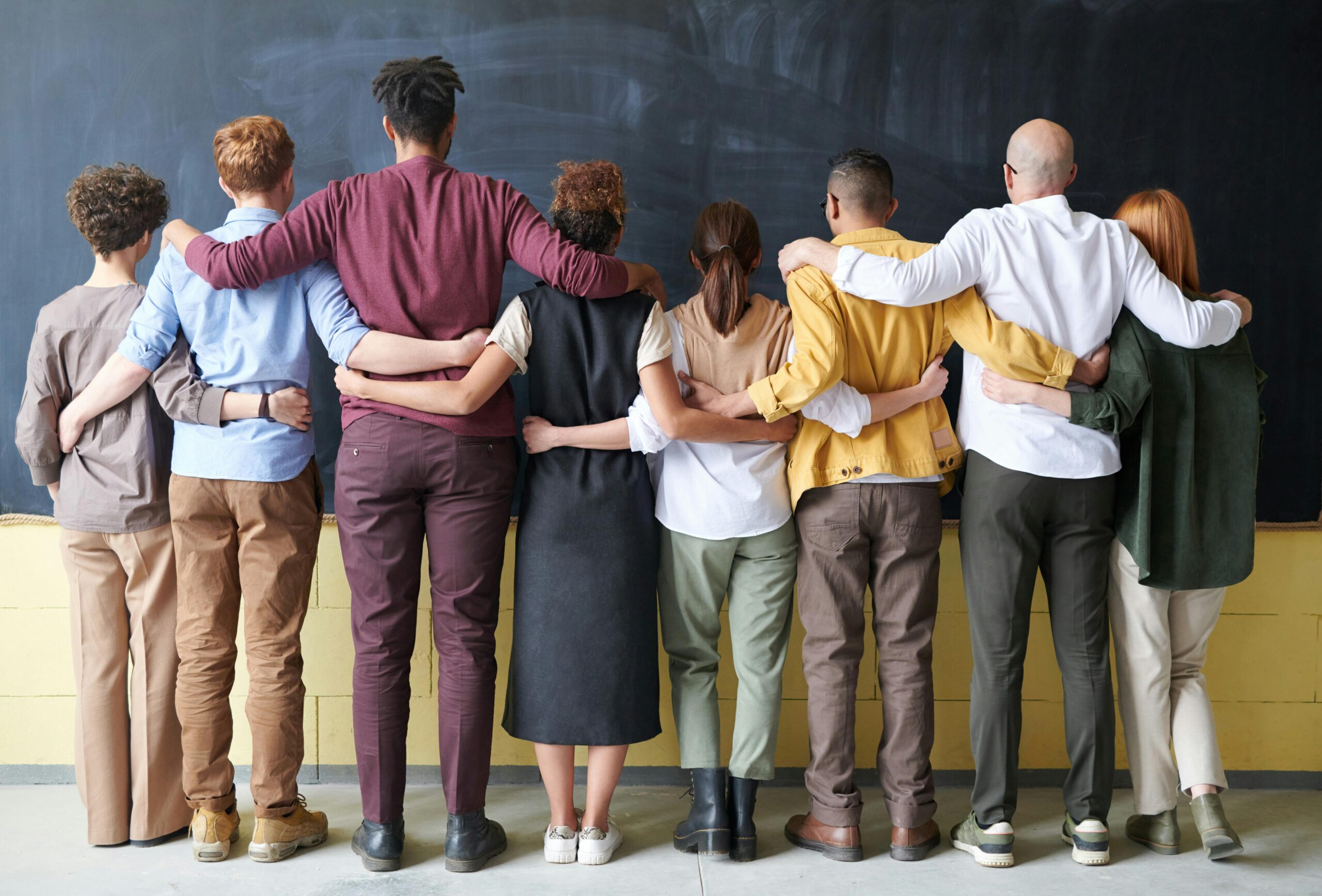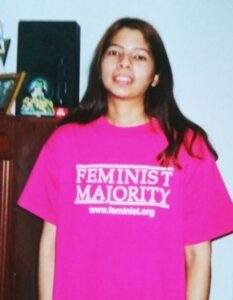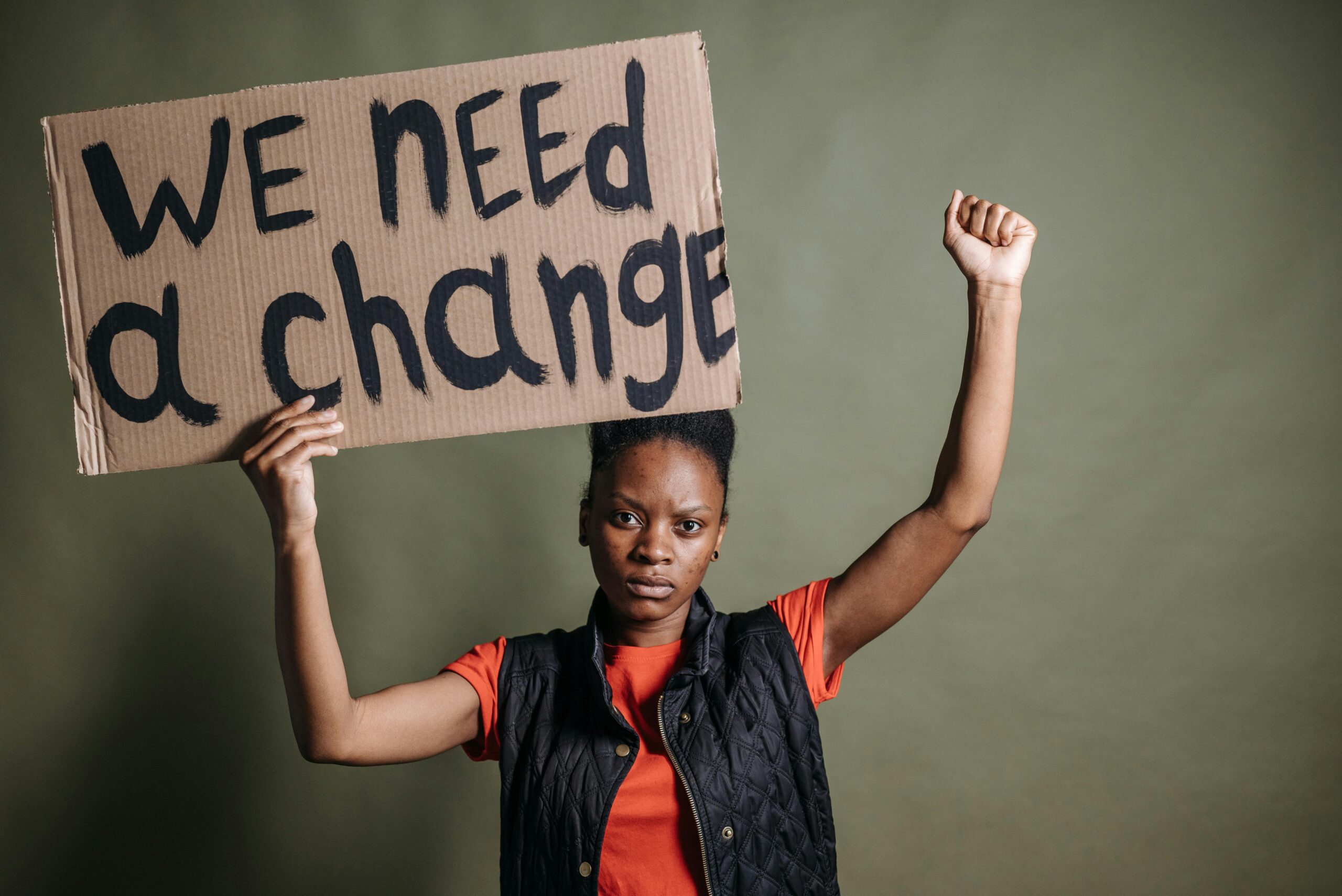Lola is our Diversity, Inclusion, and Belonging EU Project Specialist at Momentum. She acquired knowledge on this topic during her university days, as a migrant woman, and an insider on gender equality.
Intersectionality is a framework showing the interconnections between categories defined in society. Categories that are a part of intersectionality are gender, race, sexual orientation, class, and disability. We all identify with a variety of inherent attributes, or characteristics, that determine how we see ourselves and how others perceive us. A single attribute rarely determines who we are, but rather a combination of several make up the whole individual.
As a woman of colour, intersectionality has been a part of my life for some time, and I am sure some of you have encountered it. It is a term that I first recognized as becoming popular in the early 90s in American feminist circles and a hot topic in communities. Now, it is reemerging regarding different issues currently affecting society. Going back to my experience in the late 90s, the Gender Studies Department at my university was discussing this topic daily, and due to my involvement in the feminist group on campus at the time so did I.
For me, intersectionality is significant, as a migrant woman, Latin American, married, former entrepreneur, and an activist in my community. These are a part of my identity. When women, who already experience unequal treatment based on their gender, identify with additional marginalized identity elements, they experience a double, triple, or even quadruple, disadvantage.
We could have other connections enter this framework. They can be family, climate, disability, LGBTQI+, pay scale, and other connections also can come into play. The list can go on if you keep dissecting it. There are many sides to us and issues in our society.
Intersectionality explores the overlapping and interdependent systems that lead to discrimination or disadvantage in minority groups. It is a brilliant tool to use in our efforts to fight for equality and justice.
Today, this framework becomes important in reducing the oppression of marginalized groups of people. We do this by dissecting each intersection within as they depend on each other. By looking at each intersection that forms the framework we can address and resolve the issue caused by this connection. When we don’t address the specific frame then we fail to address the prejudice being committed.
So, in our European work as a team, we hope to use this scope to make our projects more impactful. I, for one, am happy to openly mention the term in my discussions and to tie together how gender, sexuality, age, race, and so on are connected.
It is a tool that will improve our project development in Europe. Moreover, our mission of inclusion and belonging for minority groups will be the better for it. We must look at all the connections within our target groups so we don’t dismiss a core connection that can greatly influence change in society. We must use intersectionality as a tool to build fairer systems that address all the needs of the group we seek to help.
Learn more about Lola along with her projects on diversity, inclusion, and belonging here



